There aren’t many movies based on Powerpoint presentations. So it stands to reason that Al Gore’s slide show on climate change, the subject of An Inconvenient Truth, is just a little bit special.
Gore shows that if you create a compelling story around an important issue, a presentation is as enthralling as any documentary.
But what makes it so effective?
Above all, Gore demonstrates the first rule of communication: put yourself in your audience’s shoes.
‘I guess the thing I’ve spent most time on’ he says, ‘is trying to identify all those things in people’s minds that serve as obstacles to them understanding this. And whenever I feel like I’ve identified an obstacle I try to take it apart, roll it away. Move it. Demolish it. Blow it up.’
To blow up those obstacles, Gore employs a variety of techniques to make his message ‘sticky’ and make a real connection with his audience. You can read more about these techniques in the work of communication and presentation experts like Nancy Duarte (whose company produced Gore’s slide show), Chip and Dan Heath, Garr Reynolds and Decker Communications.
You may not have access to the impressive graphics that Gore employs, but you can still use those same techniques. Try them out in your next presentation and see the difference.
1. Humour
While jokes can backfire, subtle humour is a great way to warm up your audience. Gore gets an early laugh in his introduction: ‘I’m Al Gore, I used to be the next president of the United States’.
Later, he uses humour to lighten the mood at appropriate moments. For example, he plays a humorous Simpsons-style cartoon after a potentially depressing look at climate statistics.
2. Story
We’ve seen before how we are hardwired to be receptive to stories. Gore adds personal stories at regular intervals to illustrate why he cares so much about his issue, and to illustrate specific points.
For example, Gore relates how his school science teacher dismissed a student’s question on whether the continents could once have fitted together. It’s an amusing story, and it also serves to illustrate his next point.
3. Analogies
Analogies help us get to grips with complex data or concepts.
Gore helps us understand the thickness of the atmosphere by likening it to the coat of varnish on a globe. He shows the impact of melting sea ice by comparing it to loading ice cubes in a glass. And he uses a humorous cartoon to show how a frog will jump out of boiling water, but boil if we heat the water slowly – a perfect analogy for human perception of global warming.
4. Include a STAR moment
Nancy Duarte introduces the importance of STAR (something they’ll always remember) moments. Gore’s STAR moment is arguably his ‘hockey stick’ graph, which he illustrates in vivid fashion by elevating himself on an raised platform to point to the predicted emissions level for 2050.
Another contender is the slide he once saw at a government seminar, showing a set of scales with gold bars on one side and the entire planet on the other. Gore really doesn’t need to say anything: the absurdity of the slide draws a laugh and tells its own story.
5. Inject emotion
Statistics go only so far as a tool of influence. To really impact behaviour, you need to engage people’s emotions.
After a spell focusing on weather and temperature trends, Gore unleashes the catastrophic images and sounds of a New Orleans devastated by Hurricane Katrina. It packs an emotional punch which really brings his message home.
6. Quotes
In Presentation Zen, Garr Reynolds highlights the effectiveness of using quotes to enhance your message. Gore is particularly skilful at this, choosing quotes that act as parables for his key messages and which make his audience think.
For example, a quote from Mark Twain cleverly illustrates the problem that Gore sees in the human debate about global warming:
‘What gets us into trouble is not what we don’t know. It’s what we know for sure that just ain’t so.’
Mark Twain
Later Gore uses a quote from Churchill about entering ‘a period of consequences’, invoking a chilling parallel between global warming and the gathering storm of World War Two.
7. Contrasts
Contrasts create drama, and Gore’s presentation uses them liberally. In particular, he uses ‘before and after’ photos to show the impact of warming on places like Mt Kilimanjaro and Glacier National Park, and graphs to contrast the current trend with the historical.
8. Remove the barriers
For many presenters, there’s safety behind the podium – as well as somewhere to rest your notes! But according to Garr Reynolds, that same podium creates a physical barrier between you and your audience.
Gore takes this to heart, standing almost among his audience and appearing very much a part of them as he delivers his message.
9. Pacing
Listen carefully to Gore’s presentation and you’ll notice the variety he puts into the tone, inflection and pace of his words. He pauses to emphasise his key points.
Why not try this yourself? Use an actor’s tip and mark up your presentation notes in advance at the points where you want to slow down and add emphasis.
10. A call to action
Gore winds up his presentation in upbeat fashion with examples of how the human race has defeated huge problems in the past. He ends with a definitive call to action: ‘it is your time to seize this issue. It is our time to rise again to secure our future.’
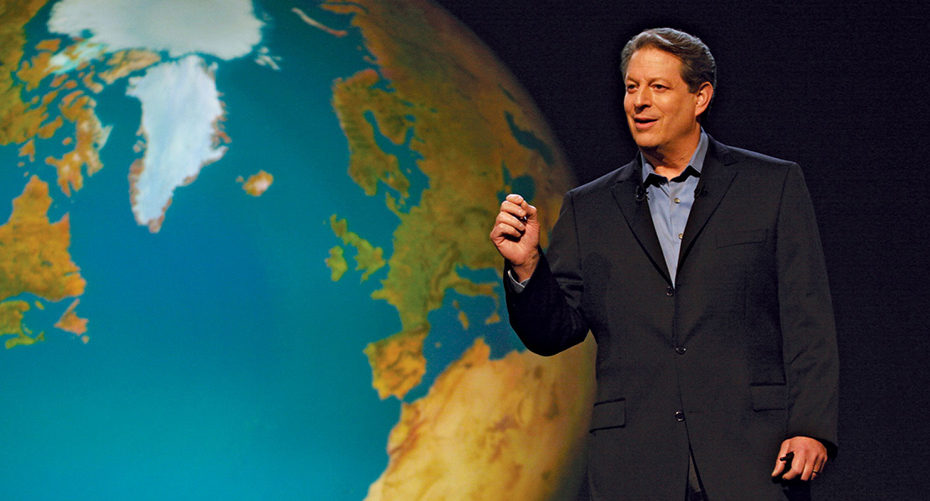
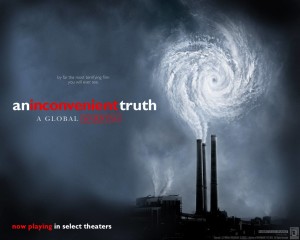
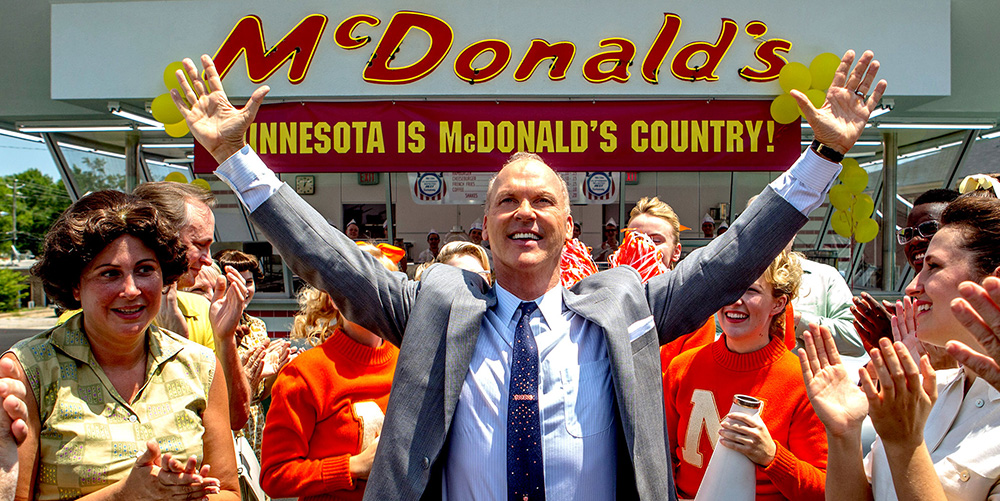
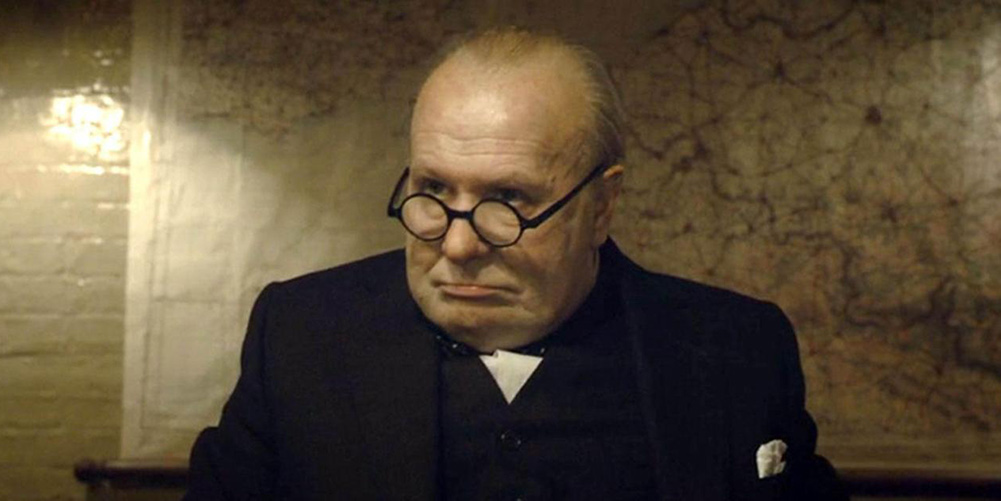
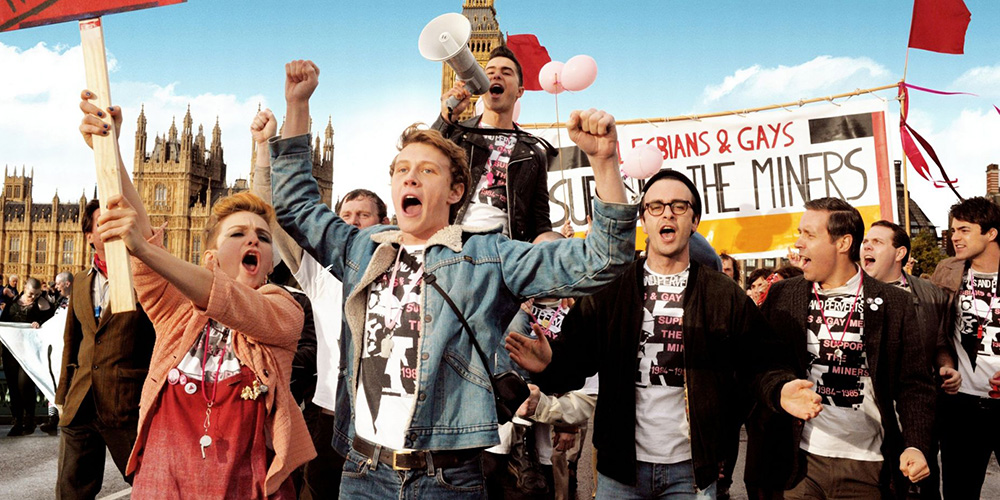
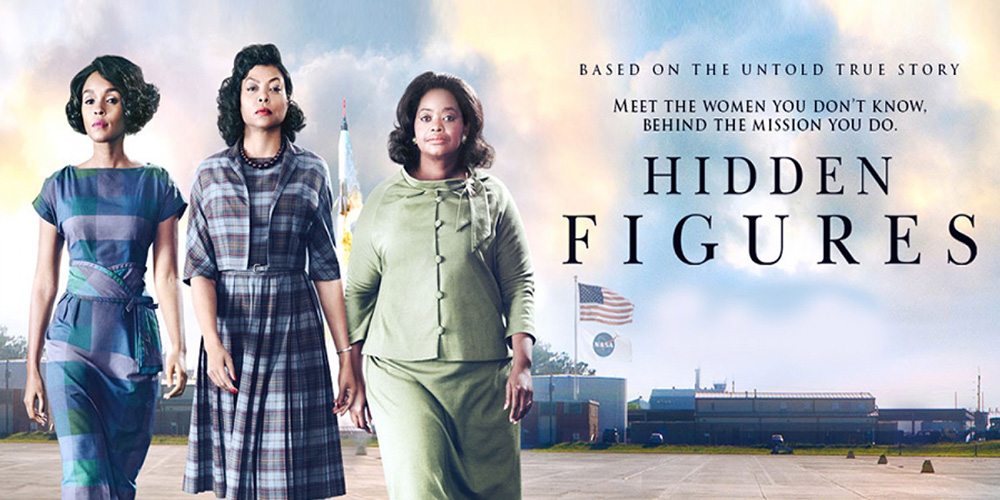
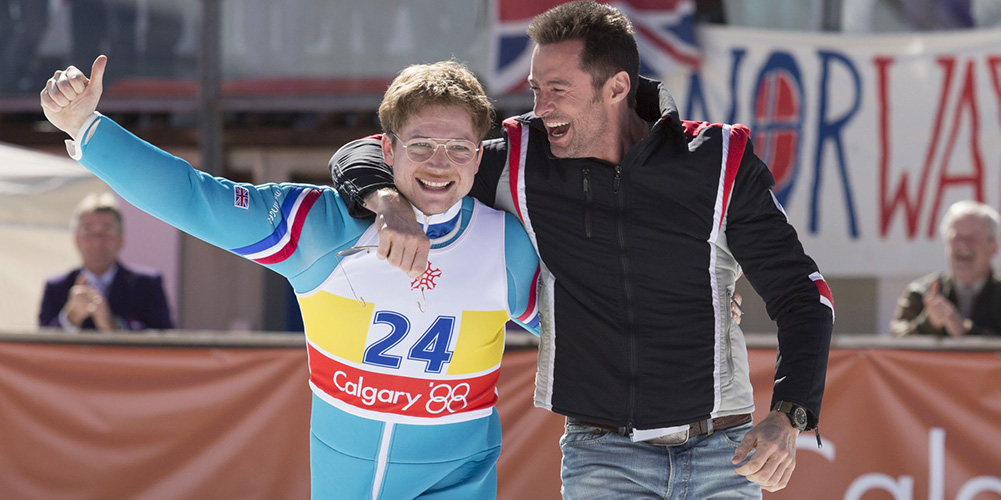
Nice blog!
I think the approach is very smart and creative, taking the lessons out of the movies we know and the people we are used to hear! Also you go straight to the point, which makes it clear and easy to read.
Engaging people’s emotion is probably one of the best ways to get the audience’s full attention. But do you think the only way to do that is to make an “emotional punch”? Would be interesting to know more about this topic don’t you think?
Thanks 🙂
Cédric from Slideshop
Thanks for the feedback Cedric! It’s certainly a fascinating topic – many people pay little attention to presentations but there’s so much to learn if you really want your audience to take notice. There’s some great info on your blog – I look forward to seeing more.